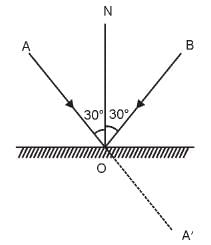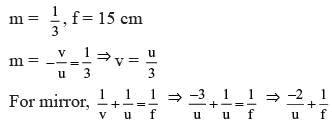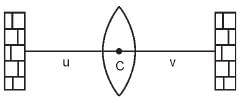Science Olympiad Test: Light- 1 - Class 10 MCQ
10 Questions MCQ Test Olympiad Preparation for Class 10 - Science Olympiad Test: Light- 1
The image formed by a concave mirror is found to be virtual, erect and enlarged. Where should the object be placed?
A ray of light falls on a plane mirror making an angle of 30° with the mirror. On reflection, the ray deviates through an angle of
The linear magnification produced by concave mirror is always positive. This is because
When two or more than two rays starting from a point on the object, after refraction through a lens, do not actually meet but appear to diverge from point, the image formed is
A concave mirror produces an image of 20 cm height which is five times magnified. The height of the object is
The linear magnification of a convex mirror of focal length 15 cm is 1/3. The distance of the object from the mirror is
The power of a convex lens P1 is equal to 4 D, which is placed in close contact with a concave lens having power P2 equal to – 10 D. What will be the power of the combination of the two lenses?
The image of a small electric bulb fixed on the wall of a room is to be obtained, on the opposite wall 3 m away by means of a large convex lens. What is the maximum possible focal length of the lens required for the purpose?
The linear magnification of a convex lens is – 1 when object in front of the lens is
If a glass is placed in a liquid of refractive index that is equal to glass, it will
|
13 videos|44 docs|187 tests
|
























